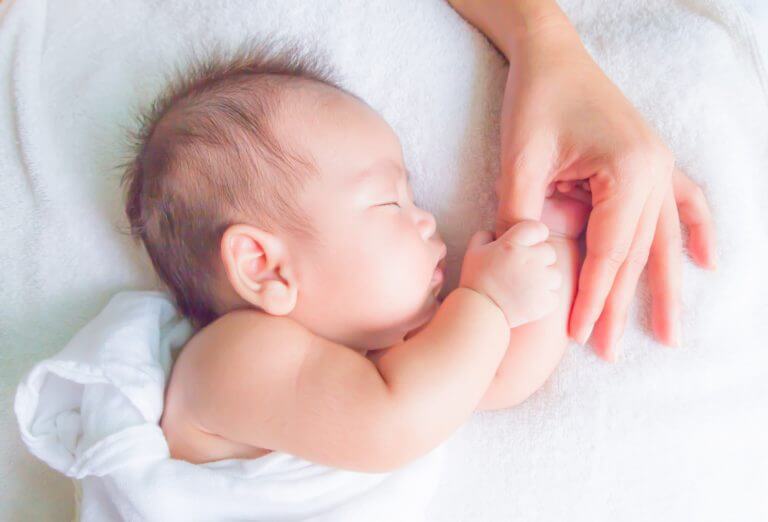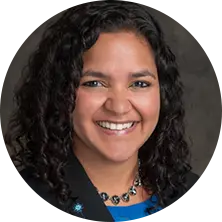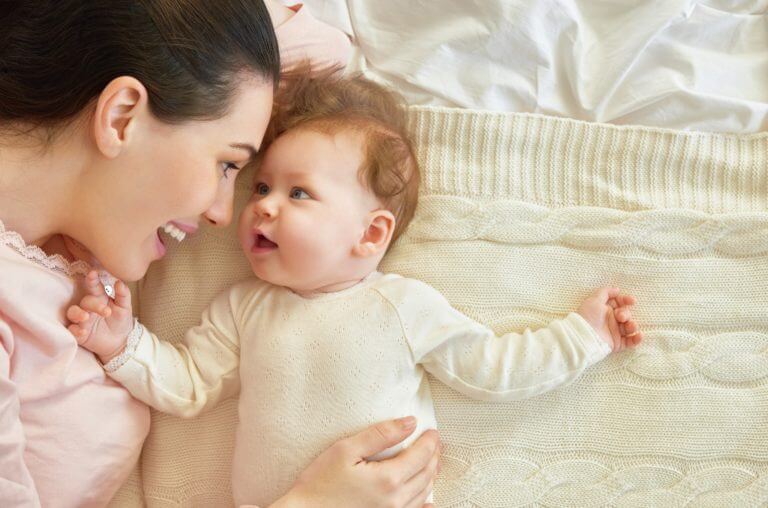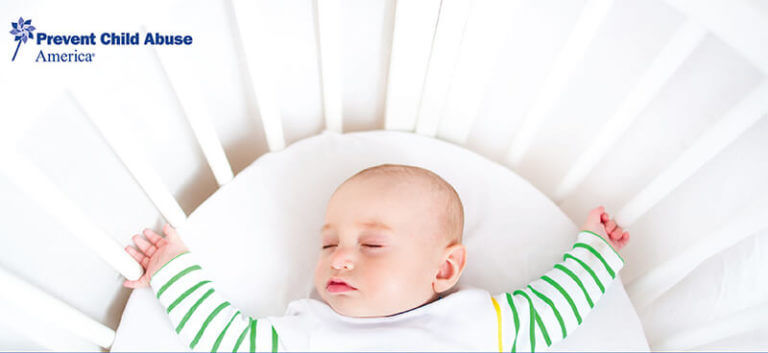During National Sleep Awareness Month in March, for parents of children under one year old, it’s a great time to brush up on safe sleep practices in order to help prevent Sudden Infant Death Syndrome, or SIDS.
Preventing SIDS with Safe Sleep Practices
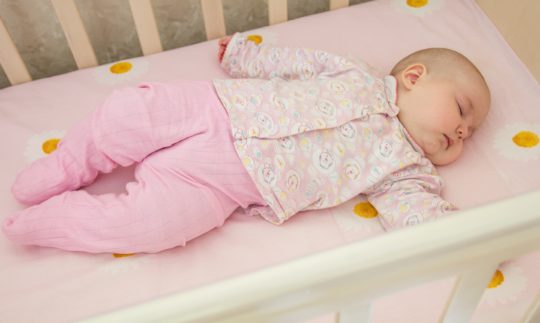
What is SIDS?
SIDS is the leading cause of death for infants between 1 month and 1 year of age. Infants are at the highest risk for SIDS during their first 6 months of life. Most SIDS deaths occur when babies are between 1 and 4 months of age. Being a new parent is already challenging and the stats about SIDS can be scary. Fortunately, by following the recommended practices for safe sleep, parents can rest easier knowing their child is as safe as possible.
What is Safe Sleep?
Safe Sleep is a general term and refers to a set of recommended sleeping guidelines for infants. In practice, it means following pediatrician-recommended strategies that promote healthy behaviors in infants and can reduce the risk for SIDS.
The American Academy of Pediatrics (AAP) last year updated their recommendations for safe sleep practices. All parents are encouraged to follow these four, simple guidelines while their children are under the age of one.
Babies sleep on their backs for all sleep times, including naps and at night.
Parents can reduce the risk for SIDS significantly by placing babies on their backs to sleep. Check on your baby when they sleep; if they have rolled onto their side, return them to their back. To learn more, the AAP has an excellent article explaining why babies should sleep on their backs.
Always ensure that a baby’s crib is empty when they go to sleep.
Clear away any blankets, toys, and other items that could become a breathing obstacle when you lay your baby down. In the future your child may need comfort items like a teddy bear to fall asleep, but until your baby is one these items create a risk of suffocation. Parents who are concerned that their baby is cold should use warmer infant clothing instead of adding blankets to a crib.
Put your baby to sleep on a flat and firm surface, such as a crib or bassinet.
Cribs and bassinets are not only the best places to sleep but the safest, too. Babies should never be left to sleep alone on a sofa or armchair. Parents should also avoid sharing a bed with their baby as this increases the risk of suffocation.
Put your baby’s crib in your own bedroom
The AAP recommends that babies sleep in the same room as their parents for at least the first six months, and preferably for the first whole year. Experts estimate that room-sharing can reduce the chance of SIDS by 50% because parents are better able to monitor and comfort their baby as they sleep.
Getting Answers to Safe Sleep Questions
If you have questions regarding sleep for you and your baby, it’s always recommended to ask your pediatrician for advice. If you are interested in learning more about safe sleep right now, check out this excellent video “Say YES to Safe Sleep” from Prevent Child Abuse West Virginia.
What do you do to keep your kids distracted and calm while traveling? Let us know by tweeting to @PCAAmerica or leaving a comment on our Facebook page!
